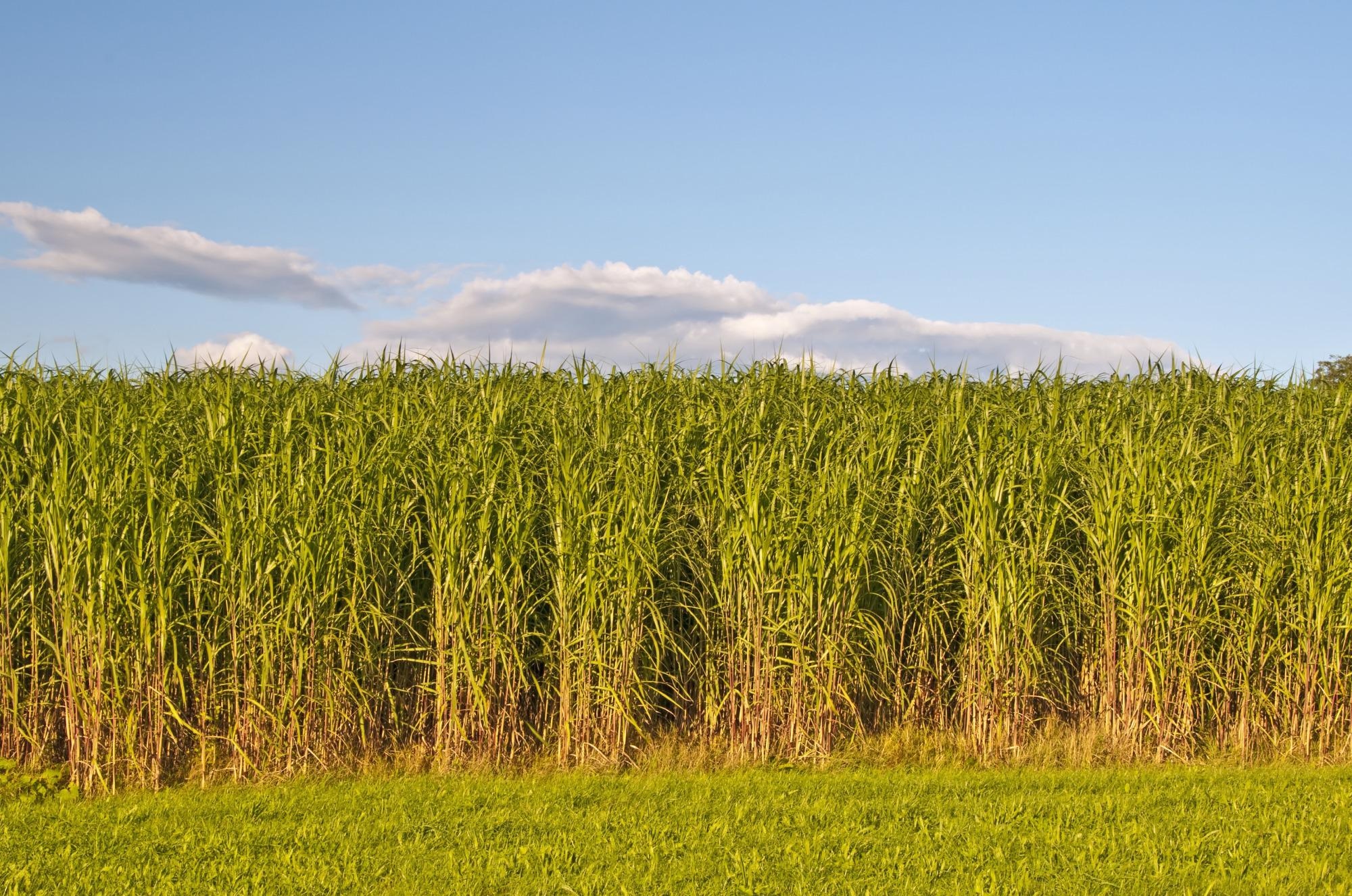Newly published research from Michigan State University shows how farmers can grow environmentally friendly biofuel crops on unproductive marginal land. Biofuels based on lignocellulosic biomass, such as switchgrass, have the potential to substantially reduce fossil fuel dependence and greenhouse gas emissions.

Image Credit: Shutterstock.com/ hjochen
MSU researchers have shown how applying nitrogen fertilizers to switchgrass crops — across 7.1 million hectares of marginal lands in the Midwest United States — increases agronomic yield, thereby increasing the availability of biofuel stocks for long-term production.
There are food security concerns if land previously used for food crops was shifted to biofuel crops. There are also greenhouse gas emission concerns if land not currently used for agriculture, such as wildlife habitat, is overtaken by crop production systems.
Prof. Bruno Basso, Department of Plant, Soil and Microbial Sciences, Michigan State University
The Origins of Biofuels
Biofuels are derived from plant-based biomass. This biomass is a renewable energy source primed to meet our growing needs for fuel in heating, electricity production, transportation, and manufacturing. It is derived from sources such as crop waste, wood waste, food waste, purpose-grown crops, algae and others.
Renewable bioenergy contributes to sustainable economic growth by supplying clean energy, reducing geopolitical risk and revitalizing rural economies.
In its 2016 Billion-Ton Report, the U.S. Department of Energy estimated that the United States could produce one billion tons of non-food biomass every year by 2040 without jeopardizing its food production. This would equate to 50 billion gallons of biofuels, 50 billion pounds of bio-chemicals and products, and 85 billion KWh of electricity powering seven million households.
Unlike other renewable sources of energy, biomass is directly convertible into usable biofuels. There are three ways to extract energy from biomass, namely burning, conversion to a gas or liquid, and through bacterial decomposition.
Biofuels include ethanol, biodiesel, and "drop-in" fuels — renewable hydrocarbon fuels. Biofuels can be used in most vehicles and aircraft in operation today. They increase the flexibility and reliability of electricity generation. Elsewhere, they can also aid in the production of plastics, lubricants, chemicals and other products traditionally derived from petroleum and natural gas.
Mitigating Climate Change with Biofuels
Although lignocellulosic biofuels (derived from plant biomass) have great potential, it is not simply a question of planting more biofuel crops like switchgrass to increase production.
Such a strategy would require a significant conversion of arable land towards the production of these crops. This would entail a careful selection of sites together with the implementation of effective management practices.
To get farmers to change their behavior, the change has to make sense for them economically first and foremost.
Prof. Bruno Basso, Department of Plant, Soil and Microbial Sciences, Michigan State University
Bruno Basso is an MSU Foundation Professor in the Department of Plant, Soil and Microbial Sciences at Michigan State University. He was supported by Seungdo Kim, an associate research professor in the College of Engineering, and Rafael Martinez-Feria, a postdoctoral researcher.
Research contributors included the U.S. Department of Energy’s Office of Science, Biological and Environmental Research program and the U.S. Department of Agriculture’s National Institute of Food and Agriculture.
Basso’s team developed a collection of crop simulation systems based on Basso’s previous work for the System Approach to Land Use Sustainability (SALUS) program. The team’s AI-based multi-model simulates crop production using weather, soil, water, nutrient, planting dates, tillage regimes, and other data.
This was the first such model used to simulate bioenergy production with switchgrass crops.
Our goal was to examine whether marginal lands could be both profitable and environmentally conscious, something that would be a victory for everyone involved.
Prof. Bruno Basso, Department of Plant, Soil and Microbial Sciences, Michigan State University
The team realized that using even small quantities of nitrogen fertilizer could provide long-term crop yield boots while also offsetting any extra greenhouse gasses. This is especially significant for nitrogen-depleted marginal lands.
This shows that some marginal lands lacking nitrogen have potential value for biofuel crop production, which is of interest to farmers looking to increase profitability and of environmental importance by reducing the carbon footprint of the operation.
Prof. Bruno Basso, Department of Plant, Soil and Microbial Sciences, Michigan State University
References and Further Reading
Martinez-Feria, R., et. al. (2022) Boosting climate change mitigation potential of perennial lignocellulosic crops grown on marginal lands. Environmental Research Letters, [online]. 17 044004. Available at: https://iopscience.iop.org/article/10.1088/1748-9326/ac541b
Rudolph, C. (2022) New MSU research shows how biofuel crops can help mitigate climate change when grown on land of otherwise little agricultural value. [online] Available at: https://www.canr.msu.edu/news/new-msu-research-shows-how-biofuel-crops-can-help-mitigate-climate-change-when-grown-on-land-of-otherwise-little-agricultural-value
Office Of Energy Efficiency & Renewable Energy. 2016 Billion-Ton Report. [online] Available at: https://www.energy.gov/eere/bioenergy/2016-billion-ton-report
Disclaimer: The views expressed here are those of the author expressed in their private capacity and do not necessarily represent the views of AZoM.com Limited T/A AZoNetwork the owner and operator of this website. This disclaimer forms part of the Terms and conditions of use of this website.